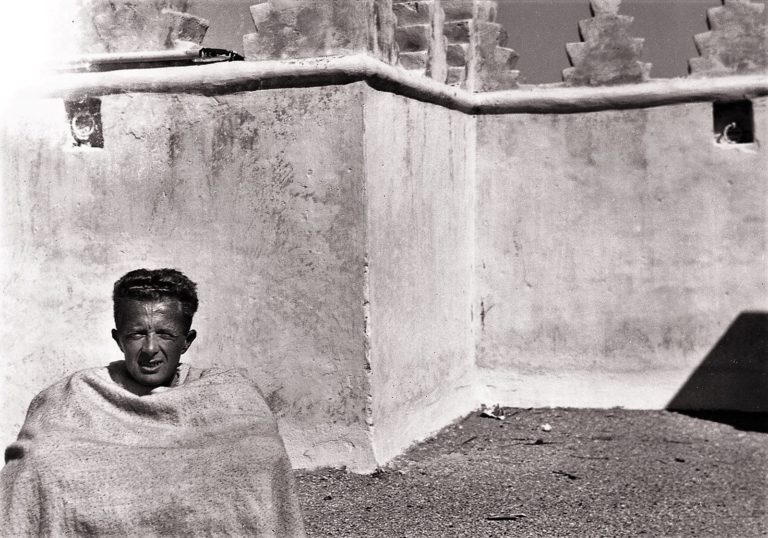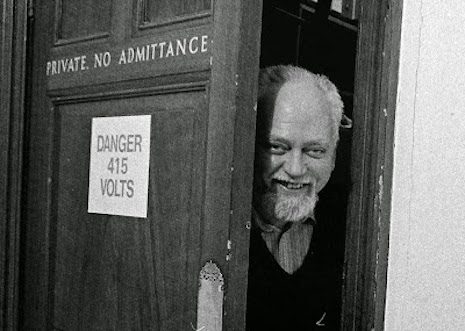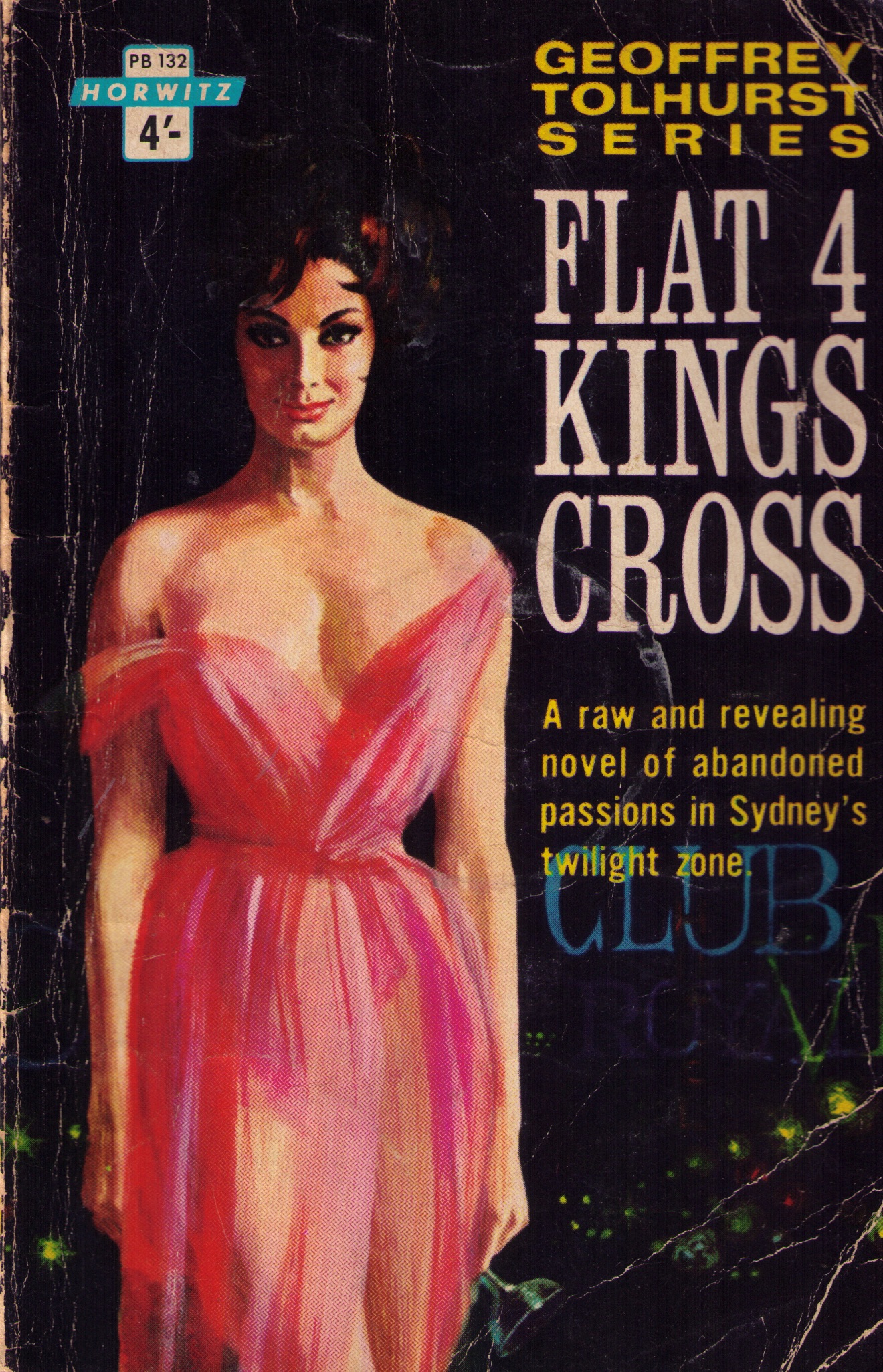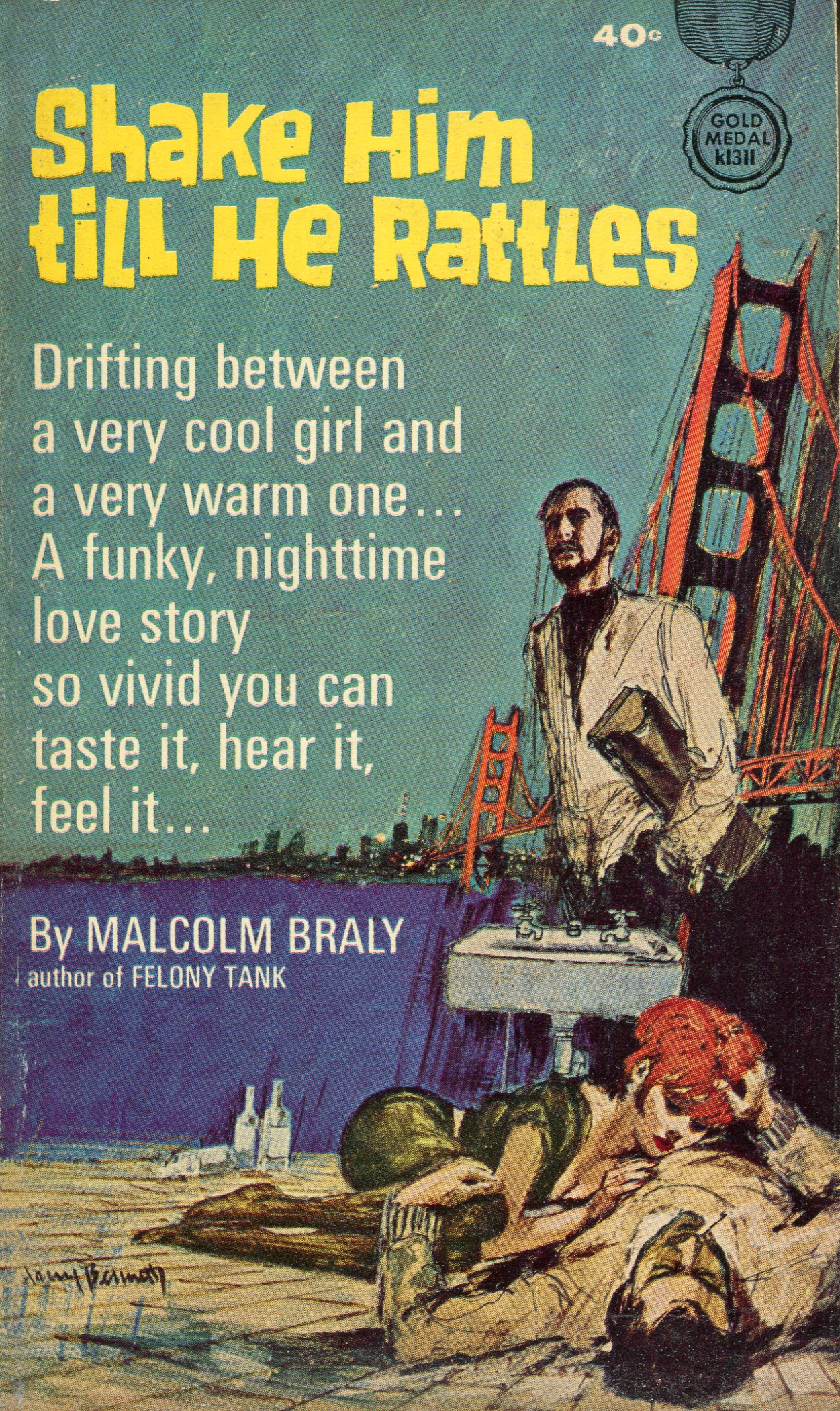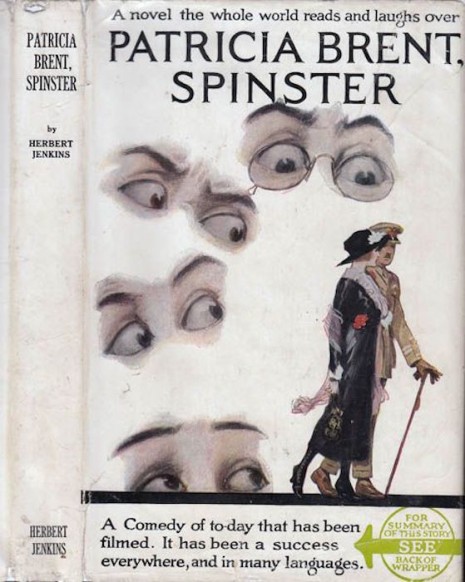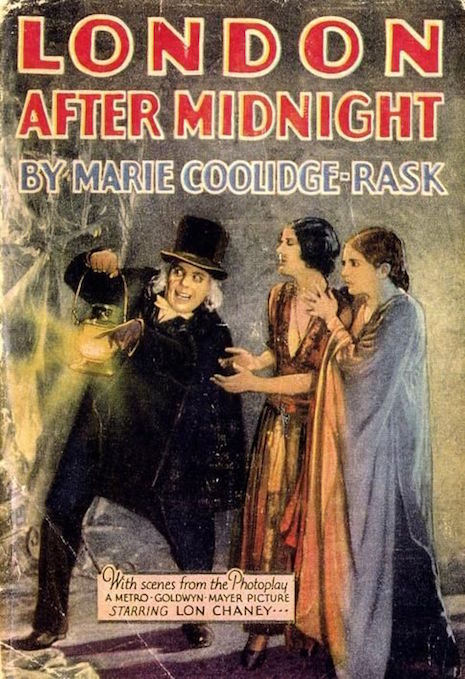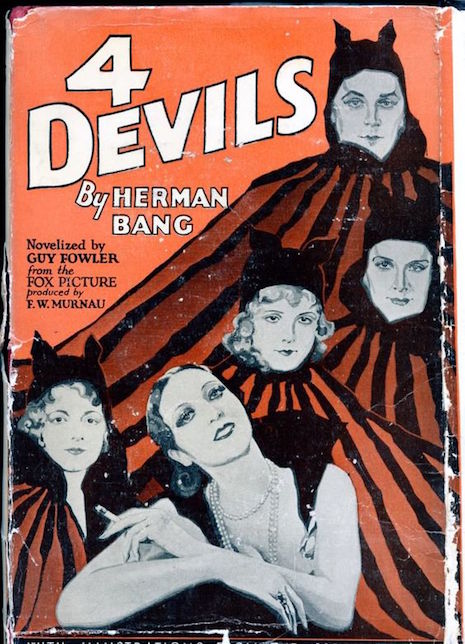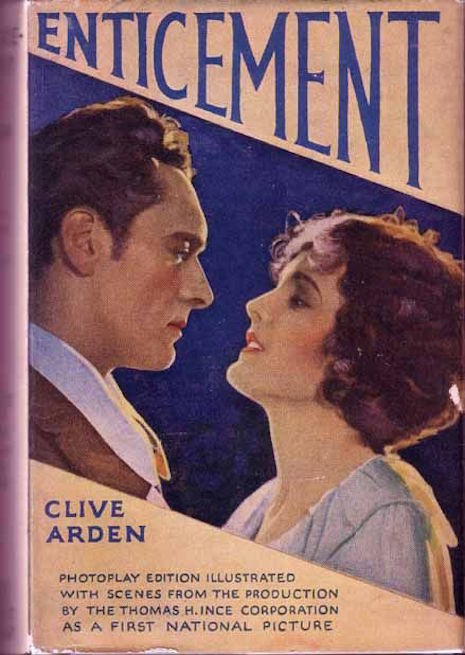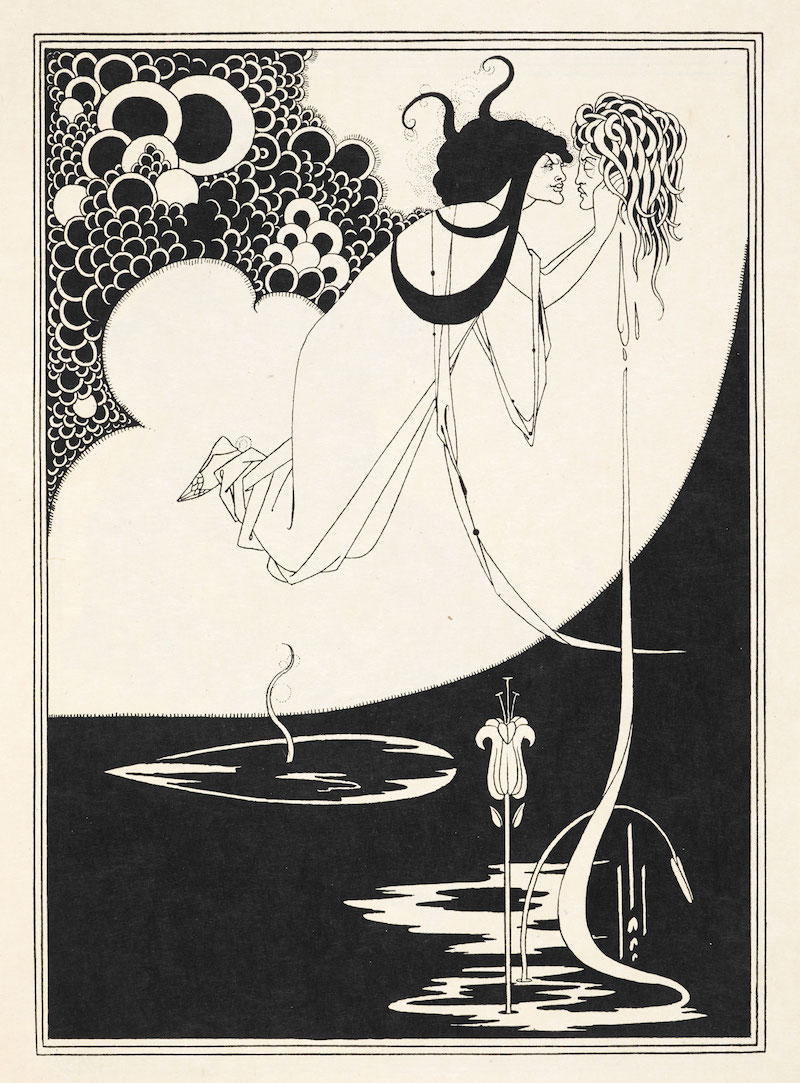
‘Salome.’
In 1898, when the artist Aubrey Beardsley was on his deathbed, he wrote to his publisher, pornographer Leonard Smithers, and demanded he “destroy all copies of Lysistrata and bad drawings… by all that is holy all obscene drawings.” Smithers took no notice of the recent Catholic convert Beardsley’s crise de conscience and made a very tidy profit publishing the infamous artist’s work after he died.
Beardsley was a phenomenon. It is quite difficult to grasp just how revolutionary and how utterly shocking this slight young man’s deceptively simple ink drawings were to both the critics and the public of Victorian England. His work was described as the product of a sick mind and damned as “grotesque” and “obscene.” Yet, despite this froth and seething outrage, Beardsley became, for a very brief time, famous, or rather infamous, and his work inspired a legion of imitators who made profitable careers from copying his art.
Beardsley was born into a lower-middle-class family in Brighton on August 21st, 1872. His father was a spendthrift who squandered money on drink and pleasure. His mother had pretensions towards a more genteel existence and did her best to encourage her children into the cerebral pleasures of art and culture. As his father was unable or more likely unwilling to hold down a regular job, his mother frequently sought funds from her own father—a former military officer—to pay the bills. From an early age, Beardsley showed a talent for art and music. He gave piano recitals with his older sister Mabel and the pair devised their own theatrical productions which they performed for the amusement of their mother and her friends.
He was a frail child and became severely ill with tuberculosis, which plagued him throughout his life and was eventually the cause of his death at a mere twenty-five years of age. His mother described Beardsley as being as “fragile as a piece of Dresden china.” However, his consumption fired his frenzied periods of intense work where he spent hours drawing before collapsing from exhaustion.
At school, he developed his own “perverse” style of illustration—first in the borders of his exercise books, then in the pages of the school magazine. After his education, he found work at an architect’s office, but Beardsley was far more interested in life as an artist than starting an office career. He was encouraged by the artist Edward Burne-Jones, who told him he never liked to encourage young men to be artists, but in Beardsley’s case, there was never any other option. Burne-Jones told Beardsley to enroll in classes at the Westminster School of Art where he soon discovered he had a style of drawing that was “freakishly” his own. He claimed he had seven styles of drawing and was determined to develop more. Two important influences on Beardsley came during a trip to Paris when he saw work by Toulouse-Lautrec and an exhibition of Japanese prints. These inspired him to finesse his own style into something new and highly original, something he liked to describe as “grotesque.”
Beardsley sent his latest illustrations off to various magazines. These were rejected. His work was considered too weird and too dangerous for the suburban readers of popular magazines. However, some work he had sent on spec to the publisher J. M. Dent, which brought Beardsley his first commission. He was hired to illustrate Thomas Malory’s tale Le Morte d’Arthur for £200. The work was long and hard and demanded considerable concentration, determined willpower, and strong, confident execution. Beardsley alternated between using pen and brush to create his pictures. Over the course of producing this monumental work, Beardsley changed and developed his style of drawing from the overly elaborate to a clan and austere simplicity. This was the start of his meteoric rise into London’s fashionable art and literary world.
According to his friend, the writer Max Beerbohm, no one ever saw Beardsley work at his pictures which he claimed he produced by candlelight in a darkened room. Beardsley was more likely to seen immaculately dressed hosting tea parties at his mother’s house or socializing with the likes of Oscar Wilde and Beerbohm at the Cafe Royale. He became friends with Wilde and drew the illustrations for his play Salome. These illustrations became more famous than Wilde’s so-so drama, in particular, the image of Salome kissing the freshly decapitated head of John the Baptist with his blood spilling down, giving sustenance to a lily. Beardsley was then hired as art director for the legendary and controversial Yellow Book which provided a home to many great writers and artists and was, unfortunately, to be the unlikely cause of his undoing.
When Wilde was arrested on the charge of sodomy, he was described as carrying a “yellow book.” This quickly became confused with the Yellow Book magazine for which Beardsley has supplied his “grotesque” illustrations. This unfortunate association was too much for the magazine’s publisher who immediately sacked Beardsley. Virtually overnight, the young artist’s celebrated career was snuffed out. Thereafter, he eked out a small living by drawing erotica for privately published books and magazines.
Beardsley’s reputation was as controversial as his art. He was considered effete and a homosexual, but was more likely asexual. He was rumored to have been involved in an incestuous relationship with his sister, which supposedly led to either a miscarriage or a stillborn child. He once wrote to his publisher Dent that he planned to dress up as a woman and have tea in drag at the Savoy. These are all most likely nothing more than rumors and schoolboy pranks. Beardsley relished notoriety and never evolved from a juvenile sense of fun. His drawings were filled with breasts and phallic symbols. The aftermath of Wilde’s arrest and trial led Beardsley to reevaluate his life. He became a Catholic (at the encouragement of his sister) and denounced his most scurrilous and offensive work. This included his comic and highly explicit illustrations for a privately printed edition of Aristophanes’ Lysistrata, the bawdy Greek drama of one woman’s attempt to end the Peloponnesian War by denying men sex.
Sadly, Beardsley succumbed to tuberculosis and died in France on March 16th, 1898.
From Oscar Wilde’s ‘Salome’ (1894).


More ‘obscene’ beauty from Aubrey Beardsley, after the jump…
